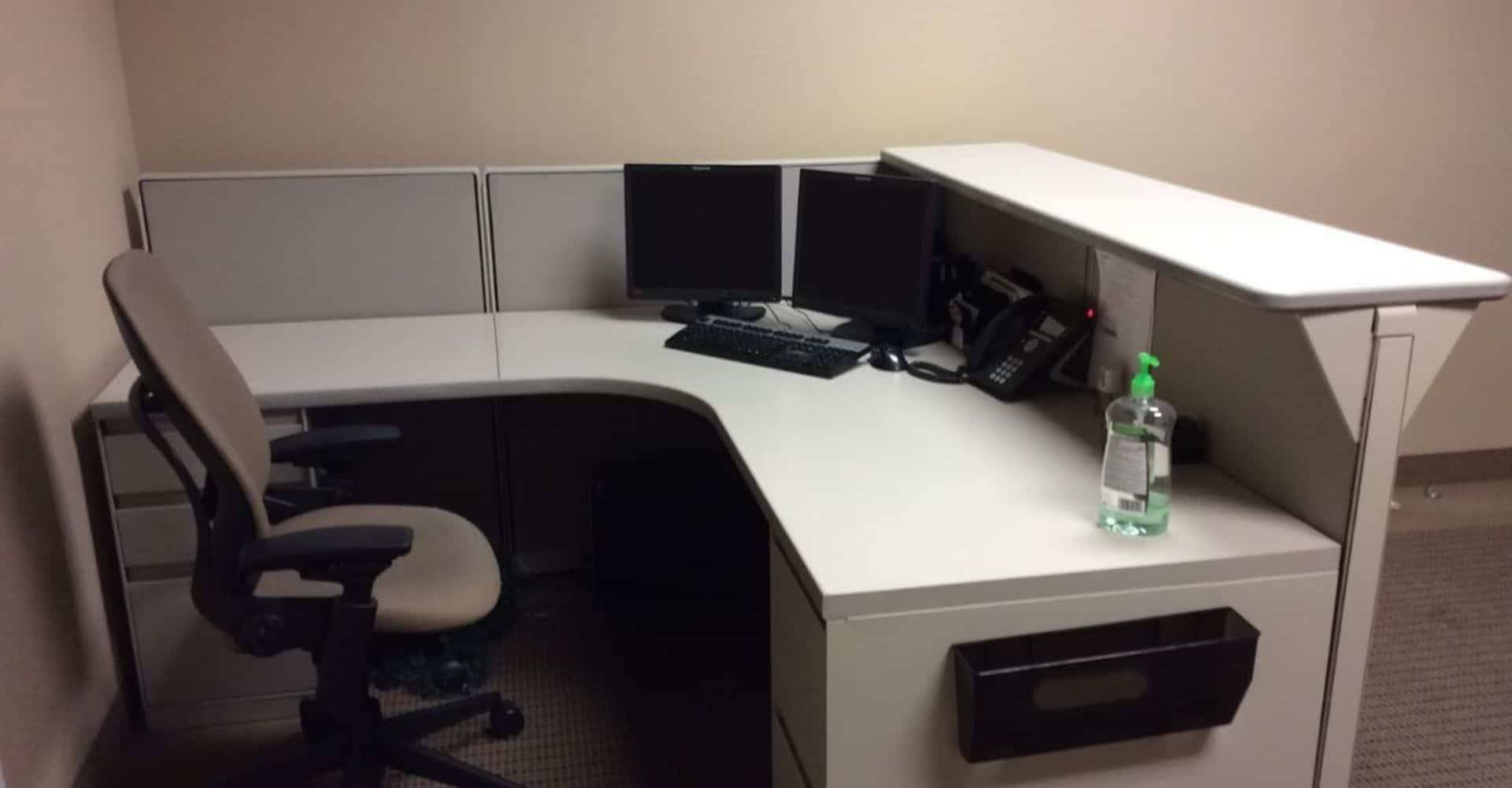
The decision to relocate to a new office space is often driven by a combination of factors, including a growing team, the need for improved facilities, or even a fresh start in a more dynamic location. Regardless of the reasons, the journey of moving an entire office is no small feat and involves meticulous planning, efficient logistics, and adaptability to a new environment. As businesses embark on this significant transition, it is essential to focus on strategies that ensure a smooth relocation and foster a thriving work atmosphere in the new space.
Planning the Move
The foundation for a successful office move begins with thorough planning. Establishing a clear timeline is crucial, as it helps in mapping out each stage of the move, from the initial decision-making process to the final settling-in phase. Engaging key stakeholders early and setting up a dedicated move team can facilitate effective communication and decision-making. This team will be responsible for coordinating all aspects of the move, including liaising with vendors, managing logistics, and ensuring that the transition disrupts business operations as little as possible.
An assessment of the new office space should be conducted to determine how the layout can best serve the company’s needs. This involves considering factors such as departmental adjacencies, meeting room allocations, and common areas. Creating a detailed floor plan can help visualize the new setup and streamline the moving process. Additionally, compiling an inventory of existing office equipment and furniture aids in deciding what to keep, what to purchase anew, and where necessary items can be sourced, such as used office furniture from Las Vegas.
Logistics and Coordination
With planning in place, the next step involves managing the logistics of the move. Hiring a professional moving company with experience in office relocations can alleviate much of the stress associated with the physical move. These professionals can assist with packing, transportation, and setting up equipment in the new office. Ensuring that IT infrastructure is seamlessly transferred is another critical aspect, as it minimizes downtime and maintains connectivity for all employees.
Effective communication throughout the moving process cannot be overstated. Regular updates and clear channels for questions or concerns help maintain morale and engagement among team members. Providing employees with a detailed move schedule and setting expectations for their roles in the process can enhance cooperation and reduce confusion.
Adapting to the New Environment
Once the move is complete, attention shifts to settling into the new office environment. The transition period is an opportunity to reassess workplace culture and dynamics. A new office layout can significantly impact productivity and employee satisfaction. An open-plan design, for instance, may encourage collaboration and communication, while dedicated quiet zones can support focused work.
To foster a sense of ownership and belonging, involve employees in personalizing their workspaces. Encouraging them to decorate their desks or choose seating arrangements can ease the adjustment period. Organizing an office-warming event can also help build camaraderie and introduce team members to the new space in an informal setting.
Thriving in the New Space
A successful move is not only about logistics but also about creating an environment where employees can thrive. The new office presents an opportunity to embrace changes that enhance work-life balance and productivity. Consider introducing flexible working hours or remote work options, which can be facilitated by the new infrastructure.
Regular feedback sessions post-move are invaluable for identifying any issues or areas for improvement. This demonstrates a commitment to employee welfare and ensures that the office environment continues to evolve to meet the team’s needs. By taking these steps, businesses can transform the challenge of relocation into a catalyst for positive change.
In conclusion, moving into a new office space is a multifaceted process that requires careful planning and execution. By focusing on strategic planning, logistical coordination, and adaptability, businesses can ensure a smooth transition. Embracing the opportunities that come with a new office layout and environment can lead to enhanced productivity and a thriving workplace culture. As companies navigate this journey, they lay the foundation for future success and growth in their new location.

